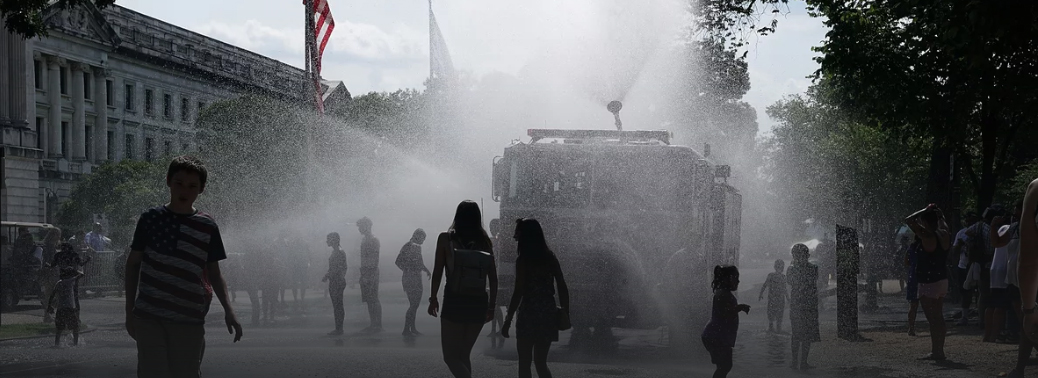Urban areas cooler than non-urban regions during heat waves
24, Mar 2019

Prelims level : Climate Change
Mains level : GS – I Geographical features and their location- changes in critical geographical features (including water bodies and ice-caps) and in flora and fauna and the effects of such changes.
- A study of 89 urban areas in India has found that though there is an absolute increase in temperature during heat waves in both urban and non-urban areas, the urban areas are relatively cooler than the surrounding non-urban areas.
- At 1.94°C, the absolute increase in temperature during the day in non-urban areas during a heat wave was significantly higher than in urban areas (0.14°C).
- According to the analysis, urban areas were found to be relatively cooler than the surrounding non-urban areas during heat waves.
- At 44.5°C, the non-urban areas were warmer than urban areas (43.7°C). However, during the night, all urban areas were hotter than the surrounding non-urban areas.
- In contrast, a majority of non-urban areas are located in agriculture-dominated regions. In non-urban areas, the vegetation cover in the form of crops and soil moisture from cropland irrigation decline sharply after crops are harvested and well before the onset of heat waves during summer.
- The urban areas, on the other hand, have perennial vegetation in the form of tree cover and lawns, and more number of water bodies, which help in keeping the urban areas relatively cooler than non-urban areas.
- The land surface temperature was estimated by analysing satellite data collected between 2003 and 2016. Between 1951 and 2016, a majority of urban areas experienced about five hot days and nights per year.
- About 44% of urban areas showed an increase in frequency of hot days while 34% showed a significant decline in frequency of hot days.
- Between 1951 and 1980, the frequency of hot days in urban areas located in the Indo-Gangetic plain region was more than in urban areas lying outside this region.
- But post-1980, the urban areas in the Indo-Gangetic plain region witnessed a decline in the frequency of hot days and hot nights. The decline in the frequency is due to intensive irrigation in the Indo-Gangetic plain.






